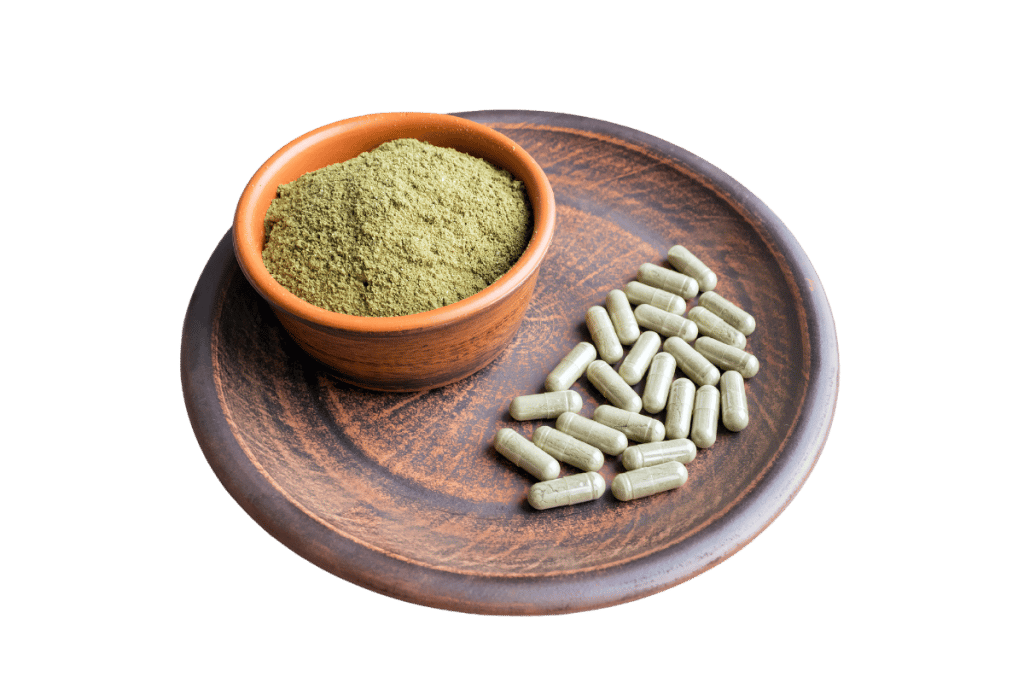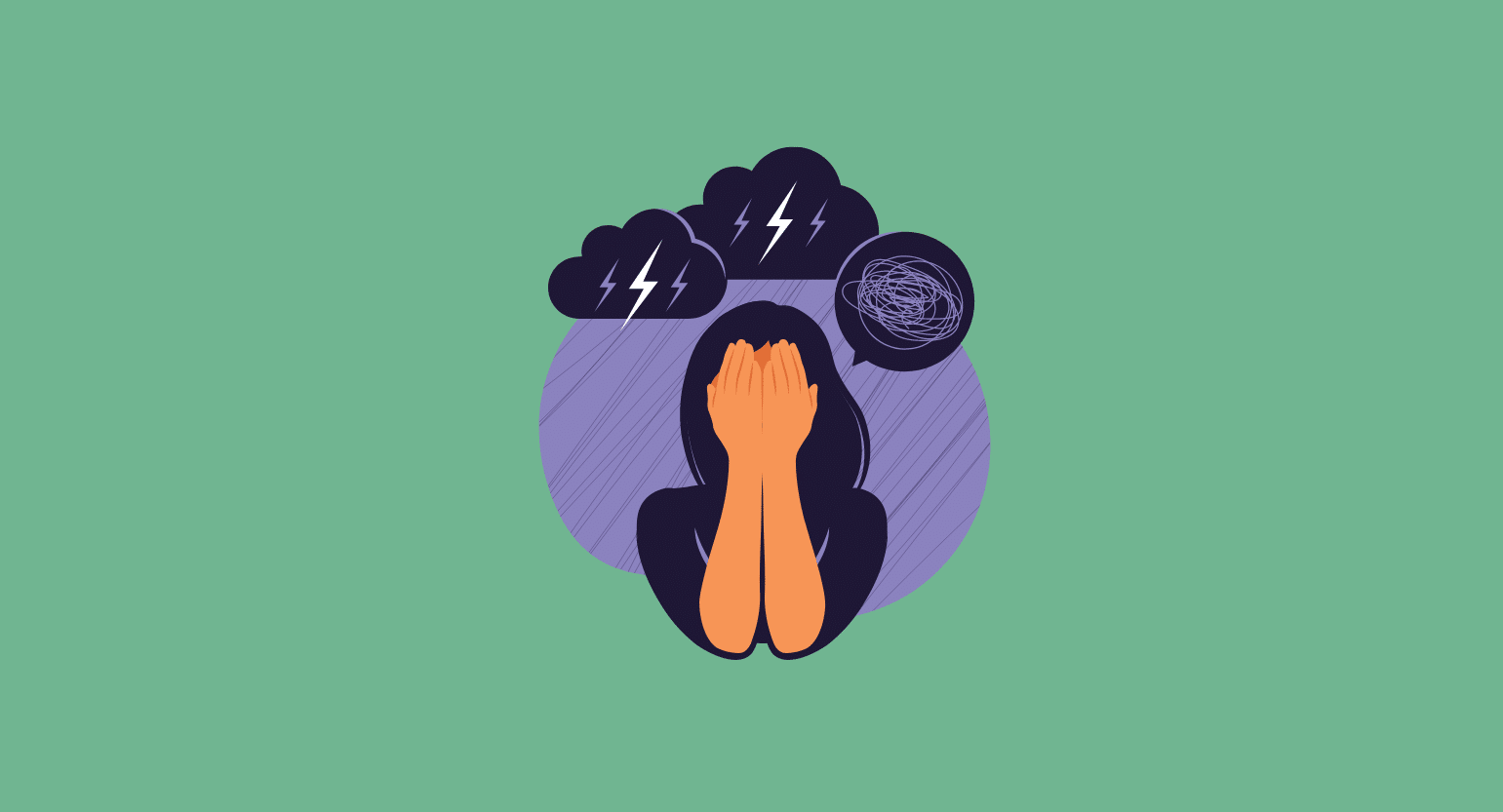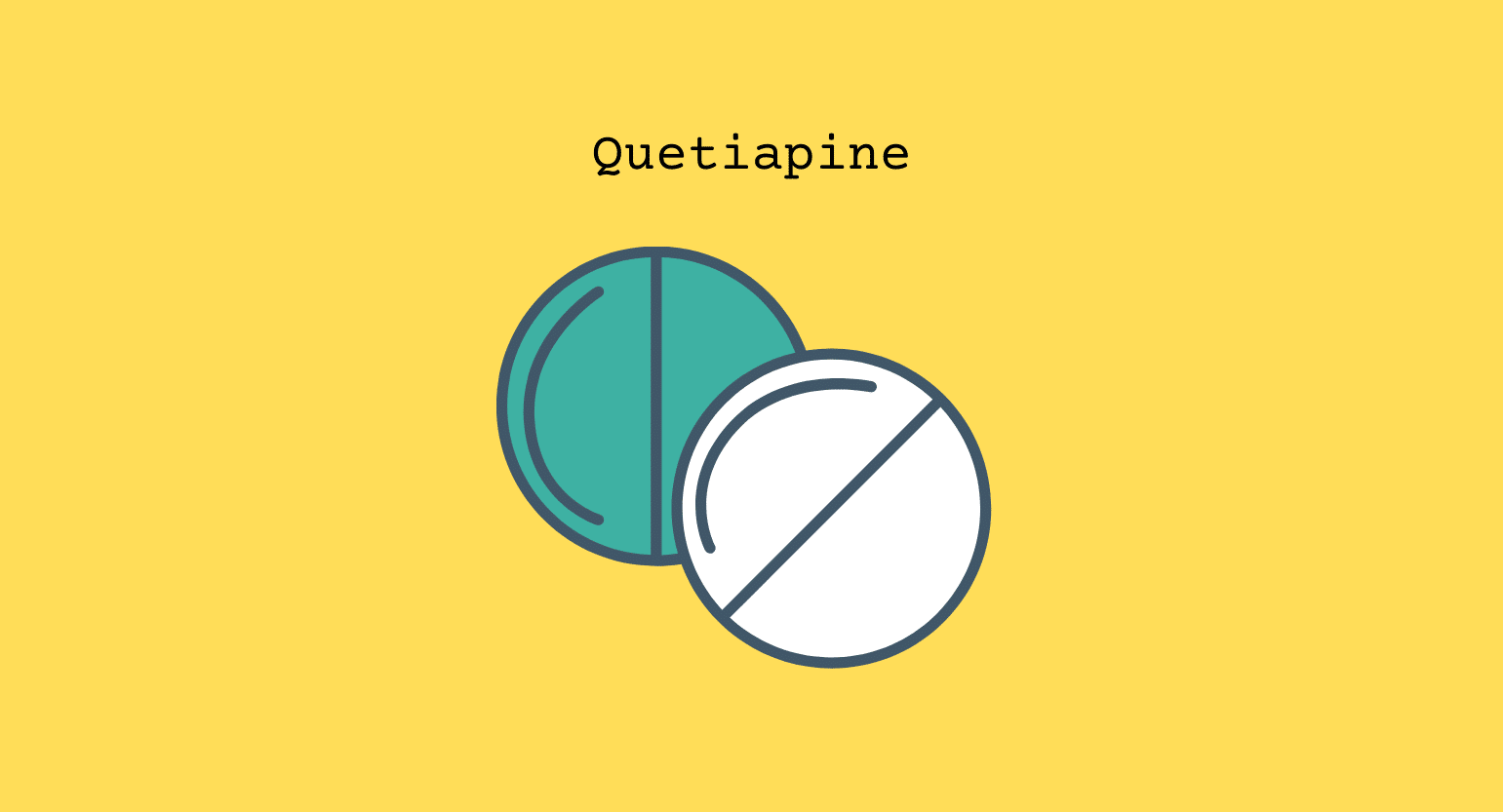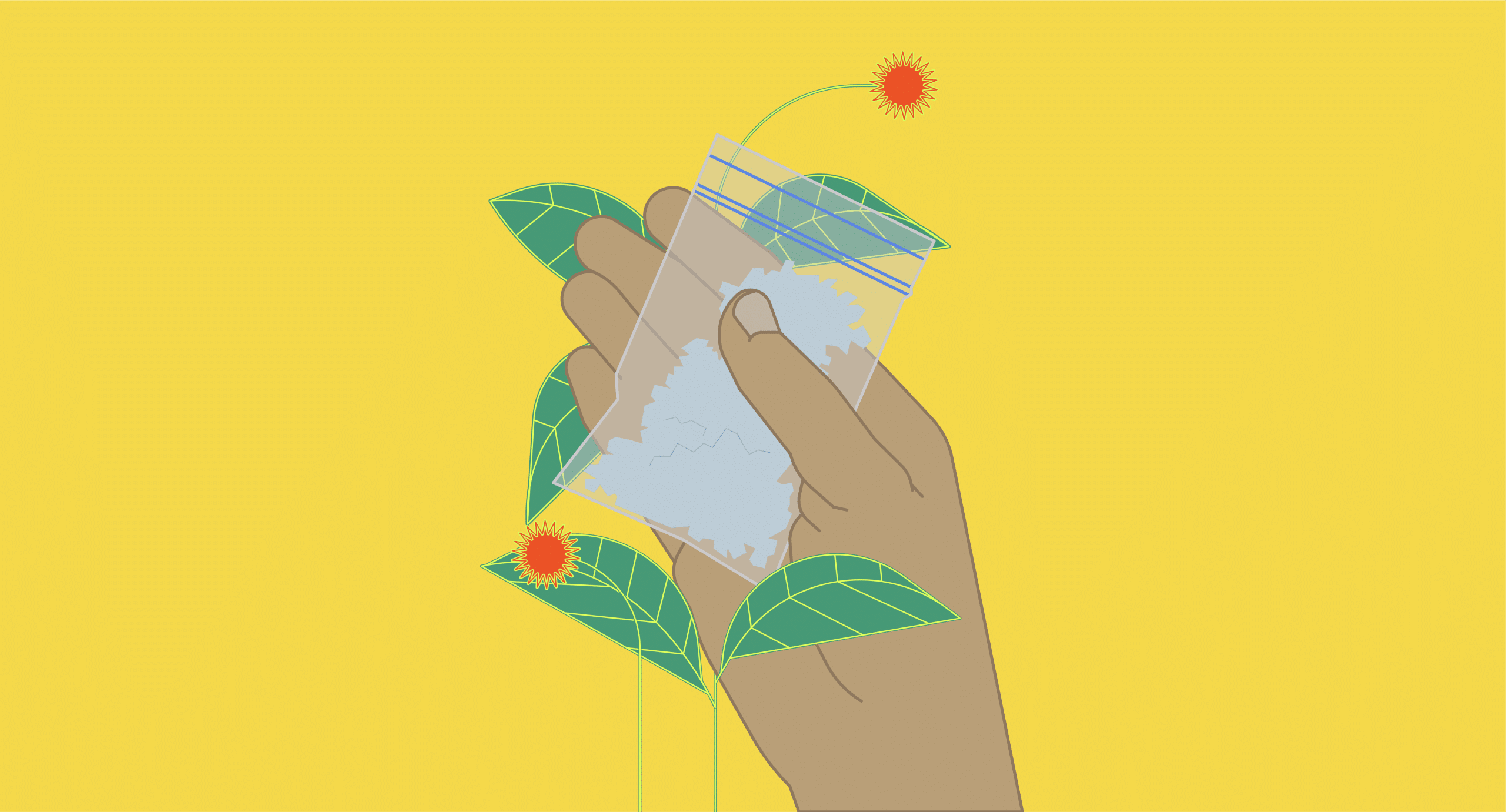Comparison Summary: Kratom vs. Caffeine
| Kratom | Caffeine | |
| Dosage Range | 2.5-10 grams per day | Up to 400 mg per day |
| Common Side Effects | Constipation, loss of appetite, dry mouth, weight loss, and insomnia | Restlessness, insomnia, headaches, anxiety, dehydration, and elevated heart rate |
| Origin | Southeast Asia | South America, the Middle East, Southeast Asia, and Africa |
| Addictive? | Low risk | High risk |
| Mechanism of Action | Interaction with brain receptor systems | Blocks adenosine receptors and interacts with the central nervous system |
What is Caffeine?
Everyone knows that coffee contains caffeine, but few people are aware of what caffeine actually is.
Caffeine is the most common purine alkaloid in the world. It’s a methylxanthine stimulant that targets the central nervous system (CNS). What’s surprising to many is caffeine is technically classified as a psychoactive drug.
Unlike most psychoactive drugs, caffeine is completely legal and unregulated in practically every corner of the world.
It’s found chiefly in the coffee plant (Coffea arabica), which is where most people consume caffeine from. The main beneficial effect is it banishes drowsiness. This occurs by blocking adenosine receptors.
Since drowsiness is often caused by the presence of adenosine, caffeine is extremely effective at stimulating the autonomic nervous system and eliminating drowsiness.
Some of the main effects of caffeine include:
- Increased energy
- Improved concentration
- Enhanced memory
- May prevent stroke
- Fights the onset of Parkinson’s Disease and dementia
For the vast majority of people, caffeine is relatively harmless. The positive effects of caffeine consumption far surpass the negatives.

The fact is many people are dependent on caffeine to start their days and maintain focus.
Is this a risk long term? Are there other long-term health effects? Should you switch to another stimulant like kratom?
Will Caffeine Harm My Health?
There’s a strong debate over whether caffeine will harm your health or not. When deciding which substances go into your body, it’s wise to look at both sides of the story.
Like anything, there are pros and cons to consuming caffeine.
Some of the documented side effects of caffeine consumption include:
- Elevated blood pressure
- Potential decrease in bone density
- Increased heart rate
- Worsening of anxiety symptoms.
- Difficulty sleeping
Contrary to popular belief, caffeine does not increase your risk of heart disease. Studies have shown that drinking coffee consistently reduces the chances of heart failure. In one study, the risk of long-term heart failure was reduced by 30% in participants who drank two or more cups of coffee per day.
Another common myth is that caffeine consumption increases the risk of diabetes. Research has shown that drinking more than one cup of coffee per day reduces the risk of developing type 2 diabetes by 11%.
The majority of the common side effects of caffeine are associated with excessive consumption. Most people will never experience the negative impacts of consuming caffeine.
Also see: Are Caffeine Pills Safe?
What is Kratom?
Kratom (Mitragyna speciosa) is a plant grown throughout Southeast Asia.
Within the U.S., kratom is legal and can be bought from alternative health stores. Most companies import kratom from Southeast Asia and sell fresh leaves. However, there are also powdered kratom products available for sale.
The popularity of kratom arises from its leaves. The leaves contain high levels of alkaloids. In particular, these are mitragynine and 7-hydroxymitragynine, but there are more than a dozen other active ingredients in the plant as well.
Alkaloid content differs depending on the veins found within each leaf. Different types of kratom are categorized based on the colors of their veins.
There are four categories of kratom in total:
Each type of kratom (called kratom strains) has a slightly different effect because each one contains a different ratio of alkaloids.
For example, red vein kratom is by far the most potent and contains both sedating and analgesic effects.
White vein kratom, on the other hand, is known for its energizing and nootropic benefit.
Kratom is known for sharing many of the same results as caffeine. It’s not uncommon for people to consume Green Sumatra kratom before a fitness session to give themselves an extra boost of energy.
The main difference between kratom and caffeine is the number of ways in which it can be consumed. Caffeine is usually consumed via the coffee bean. It’s brewed together with hot water and drunk. You can also find caffeine in isolated powder form, green and black tea, or from a South American plant called yerba maté.
Kratom can be taken by chewing fresh leaves, mixing powdered kratom into a sort of tea, or swallowing a capsule.
What are the Main Effects of Kratom?
Kratom includes many of the same beneficial effects as caffeine. It’s why the popularity of kratom has soared in the U.S. in recent years, particularly among younger age groups.
Some of the major benefits include:
- Boost energy levels
- Banish fatigue
- Eliminate insomnia
- Calm restlessness & anxiety
- Improve focus
- Feelings of euphoria
Like any substance, each person’s experience differs depending on the type of kratom they consume and their dosage. Beginners commonly underestimate the effects of kratom and consume higher amounts than recommended.
The lack of FDA regulations on kratom means that the vendors are responsible for providing dosing recommendations. If you’re new to kratom, we recommend doing your research rather than relying on the recommendations of a single vendor alone.
An important point worth mentioning is kratom’s effects last much longer than coffee.
The average half-life of caffeine, which measures how long the liver takes to reduce the concentration of a substance by half, is five hours.
On the other hand, the average half-life of kratom is estimated at 24 hours. This means it’s unnecessary to take high doses of kratom to stay alert and focused throughout the day.
Will Kratom Harm My Health?
Like caffeine, kratom can lead to long-term dependency as well as addiction. This is why kratom users should monitor their dosage and ensure they don’t become addicted to the substance.
The Centers for Disease Control and Prevention (CDC) are reporting an increasing number of calls regarding overdoses and addiction. However, CDC numbers show 80% of kratom overdose deaths involved people with a history of substance misuse.
It’s widely reported that young people are turning to kratom as a recreational drug because it’s legal and can usually be purchased without showing any proof of ID.
Other negative side effects of kratom include:
- Anxiety
- Blurred vision
- Dry mouth
- Hallucinations
- Headaches
- Nausea
- Rapid heartbeat
- Stomach pain
There’s also limited evidence to show that long-term use could cause acute liver injury.

However, it should be noted that, unlike caffeine, little clinical research has been carried out into the long-term effects of kratom on the body.
Can You Consume Kratom & Caffeine Together?
Kratom and caffeine can be consumed together with care. Many kratom users prefer to add some powdered kratom to their cups of coffee to enhance the effects. This increases the long-tail effects of coffee, which is helpful if you’re a heavy coffee drinker and want to cut down.
Both substances have the potential to up your energy levels, so combining both substances will offer a stronger effect.
More research must be carried out into the combined effects of kratom and coffee before any definitive conclusions can be drawn.
What is certain is that combining the two substances will increase the likelihood of experiencing the negative side effects of both. Overdosing on caffeine and kratom can be uncomfortable, so beginners should tread with care.
In particular, it’s strongly recommended that people suffering from hypertension and/or anxiety should avoid consuming kratom and caffeine together as they can worsen symptoms.
Also see: Is It Safe to Mix Kratom & Coffee (Caffeine)? What Are The Risks?
Final Thoughts: Kratom vs. Caffeine — Which is Better?
Kratom and caffeine share numerous similarities as stimulants. For people who need that extra kick to get them through the day, chewing on a kratom leaf can be beneficial.
Since both substances have similar effects, it’s possible to replace your usual cup of coffee with kratom. When consuming kratom, you should tread with caution.
The FDA doesn’t regulate the sale of kratom; therefore it’s important to do your research and only purchase it from a vendor selling a high-quality product.
It’s not uncommon for low-quality vendors to fill their kratom products with fillers, additives, and additional chemicals. The best kratom always remains pure and contains no additional ingredients.
We believe that moderate amounts of caffeine and kratom taken together can amplify the beneficial effects. Still, beginners are advised to start with lower doses and then microdose up to higher levels.
Beginners should also be aware of the different strains of kratom as there are numerous differences between the categories.
If you want to introduce kratom into your day, we recommend that you speak to your doctor about it first, particularly if you already suffer from any medical conditions.









